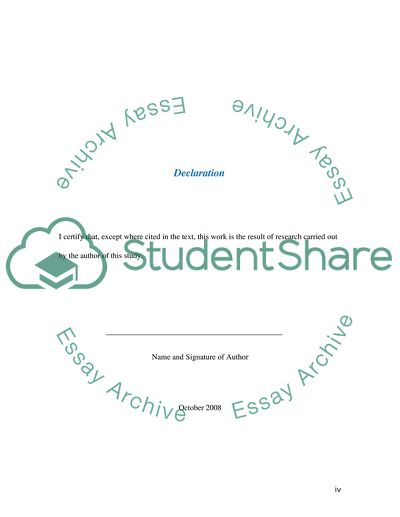Cite this document
(Texas A&M Bonfire Disaster Case Study Example | Topics and Well Written Essays - 2250 words, n.d.)
Texas A&M Bonfire Disaster Case Study Example | Topics and Well Written Essays - 2250 words. Retrieved from https://studentshare.org/media/1548373-texas-am-bonfire-disaster
Texas A&M Bonfire Disaster Case Study Example | Topics and Well Written Essays - 2250 words. Retrieved from https://studentshare.org/media/1548373-texas-am-bonfire-disaster
(Texas A&M Bonfire Disaster Case Study Example | Topics and Well Written Essays - 2250 Words)
Texas A&M Bonfire Disaster Case Study Example | Topics and Well Written Essays - 2250 Words. https://studentshare.org/media/1548373-texas-am-bonfire-disaster.
Texas A&M Bonfire Disaster Case Study Example | Topics and Well Written Essays - 2250 Words. https://studentshare.org/media/1548373-texas-am-bonfire-disaster.
“Texas A&M Bonfire Disaster Case Study Example | Topics and Well Written Essays - 2250 Words”. https://studentshare.org/media/1548373-texas-am-bonfire-disaster.


